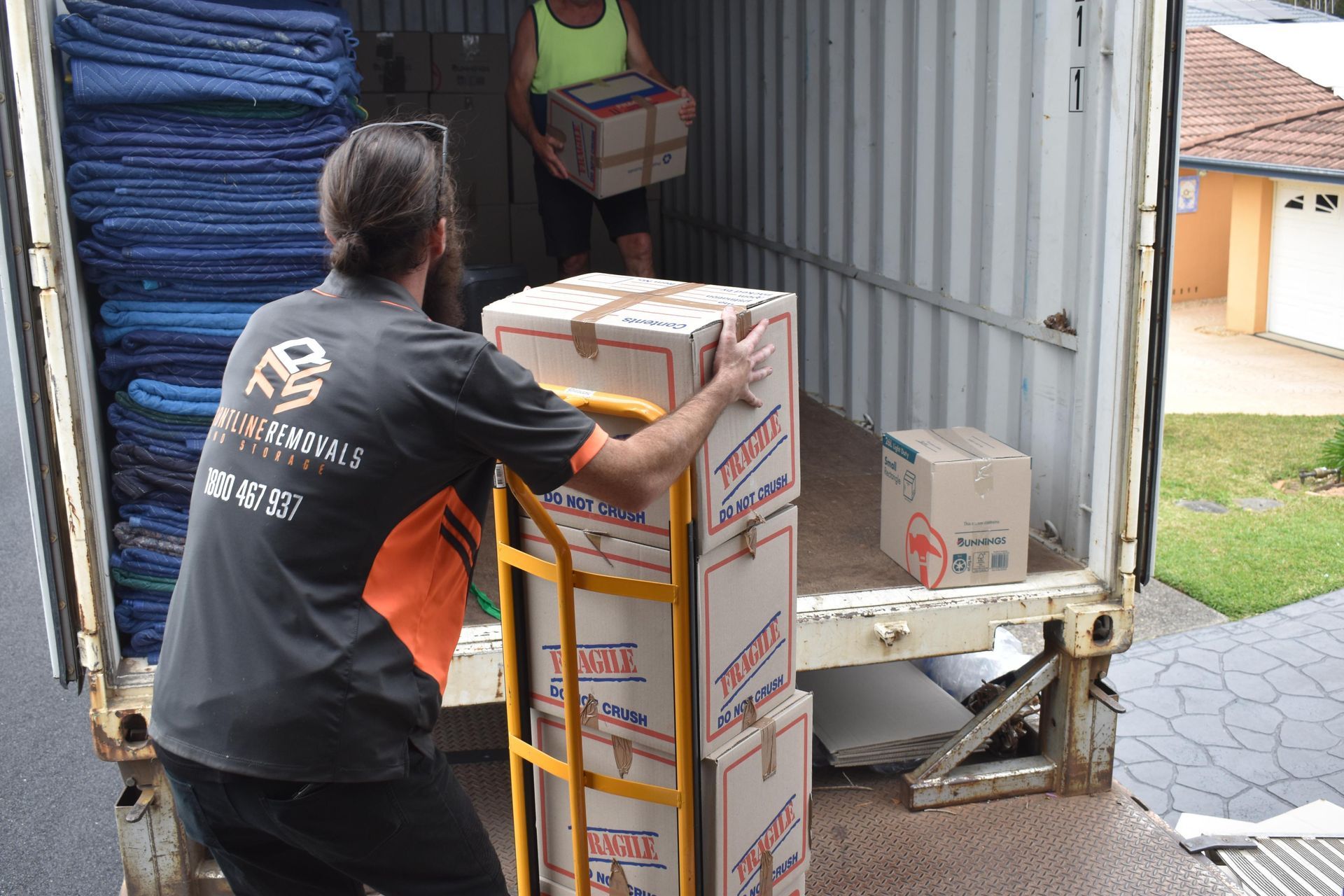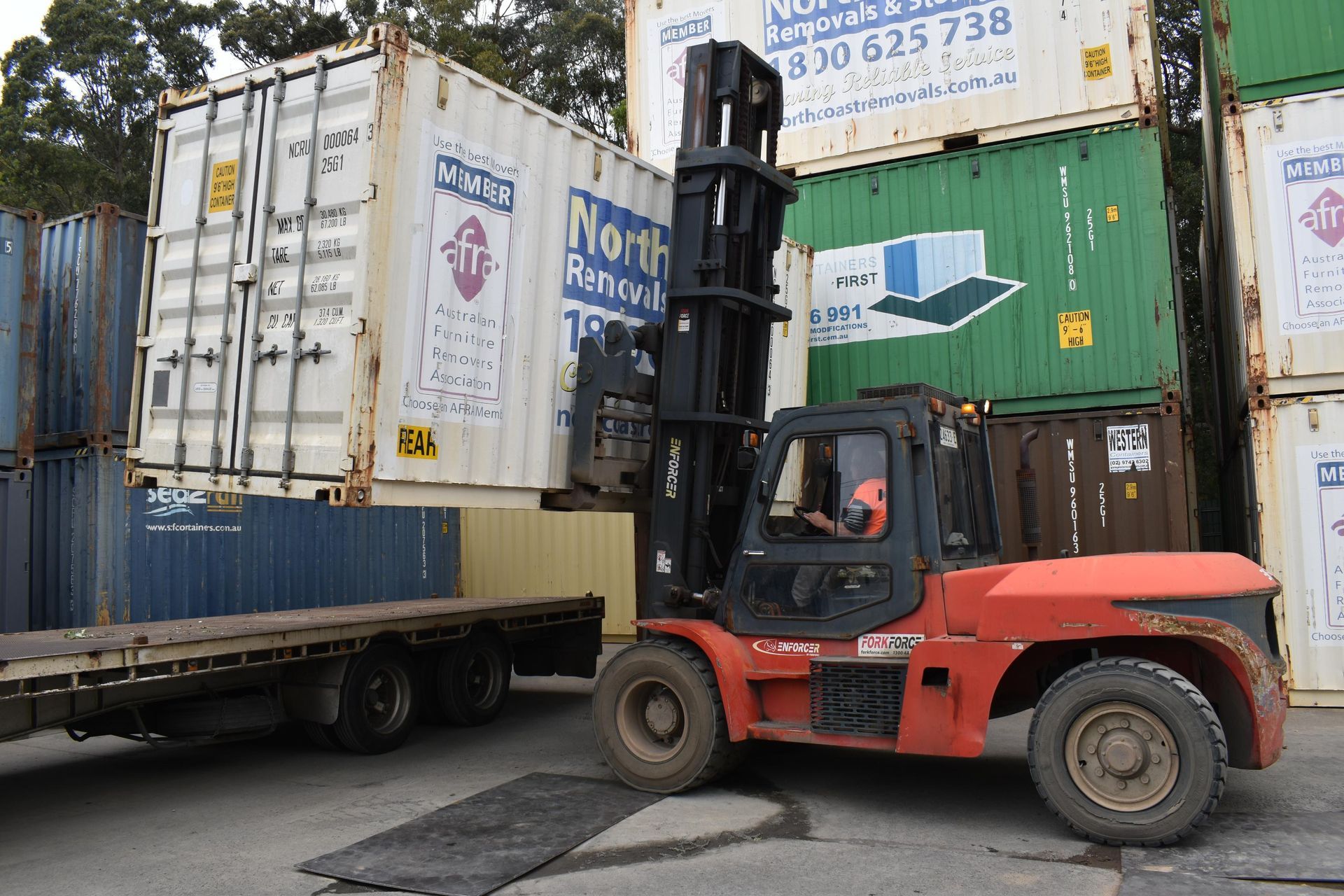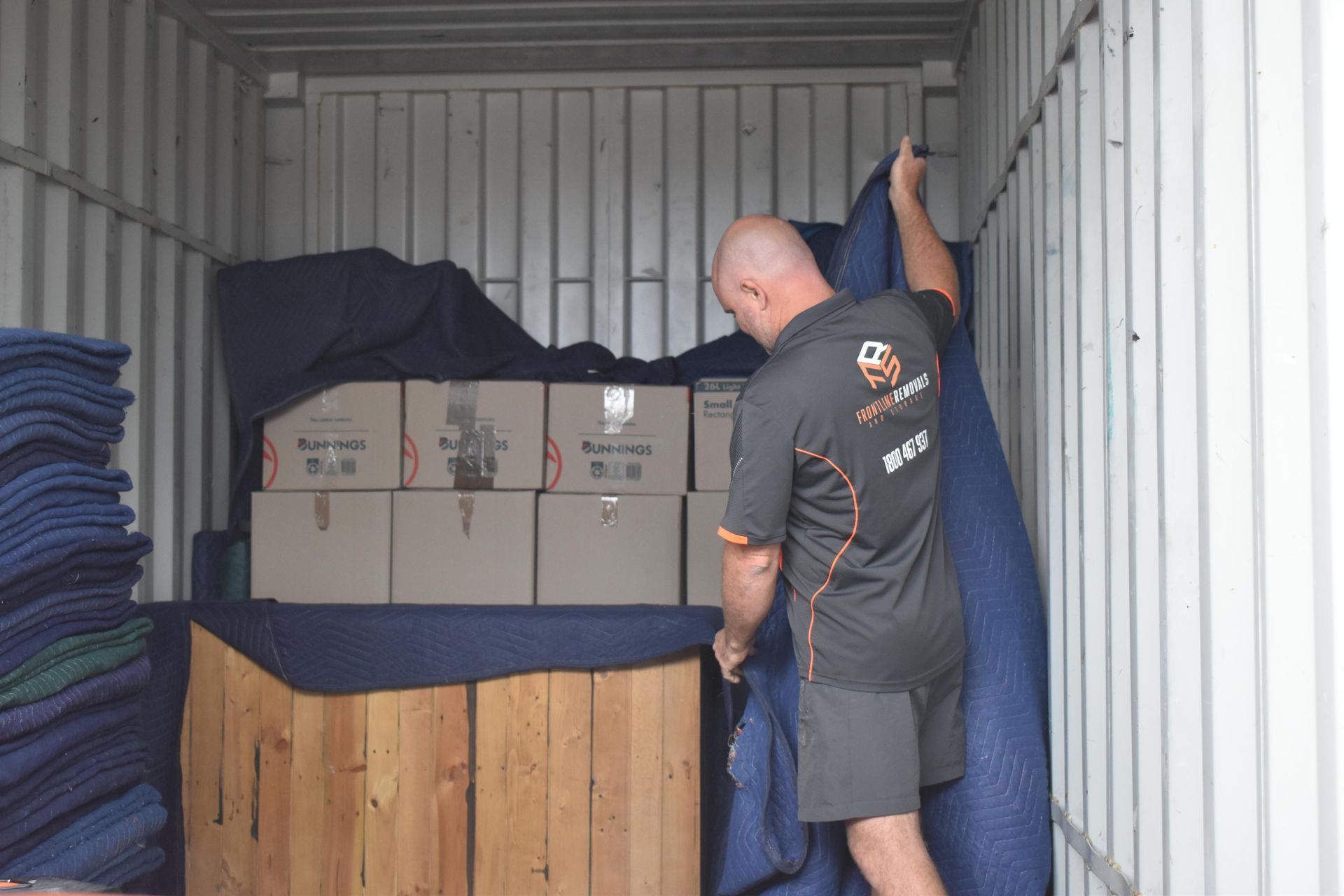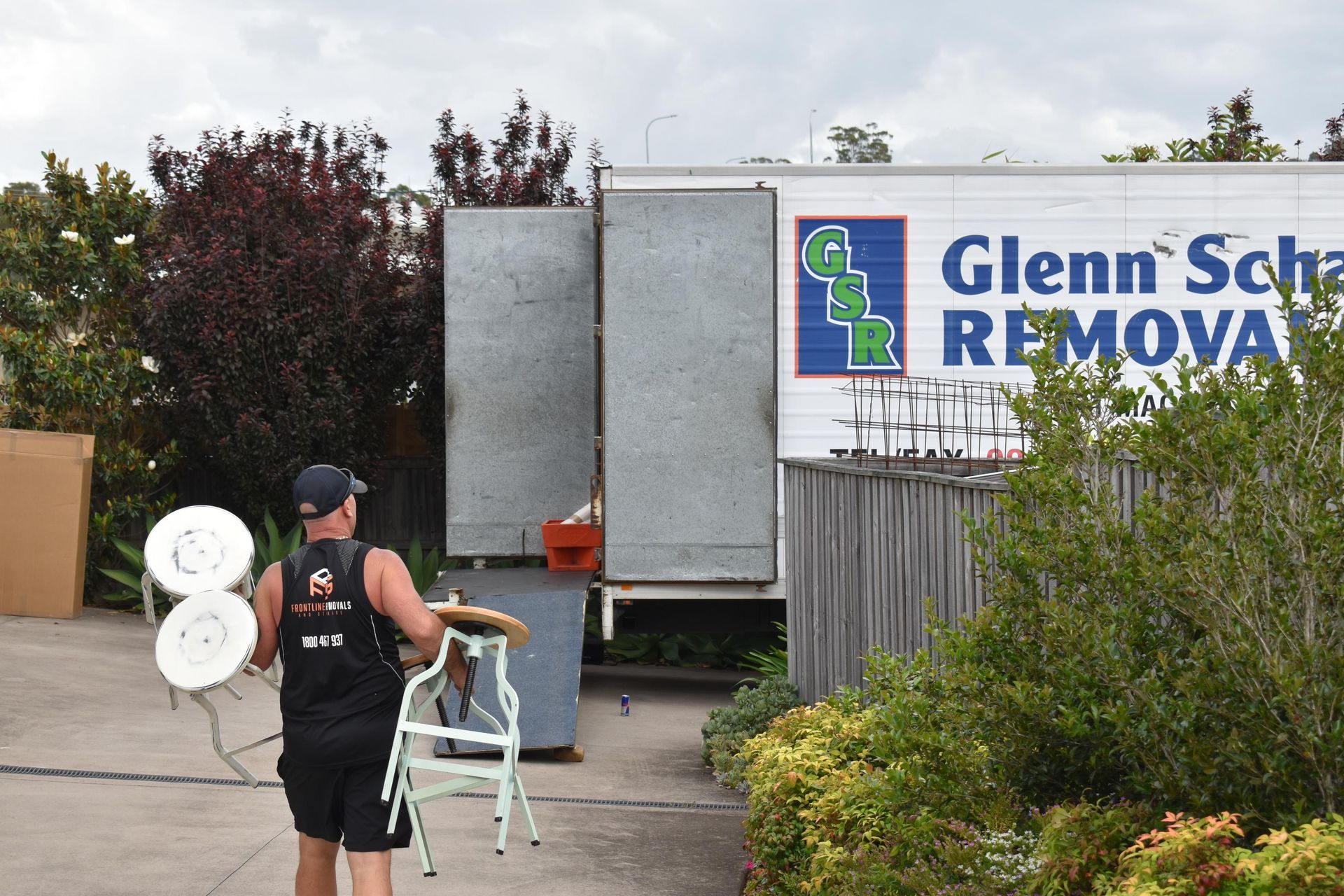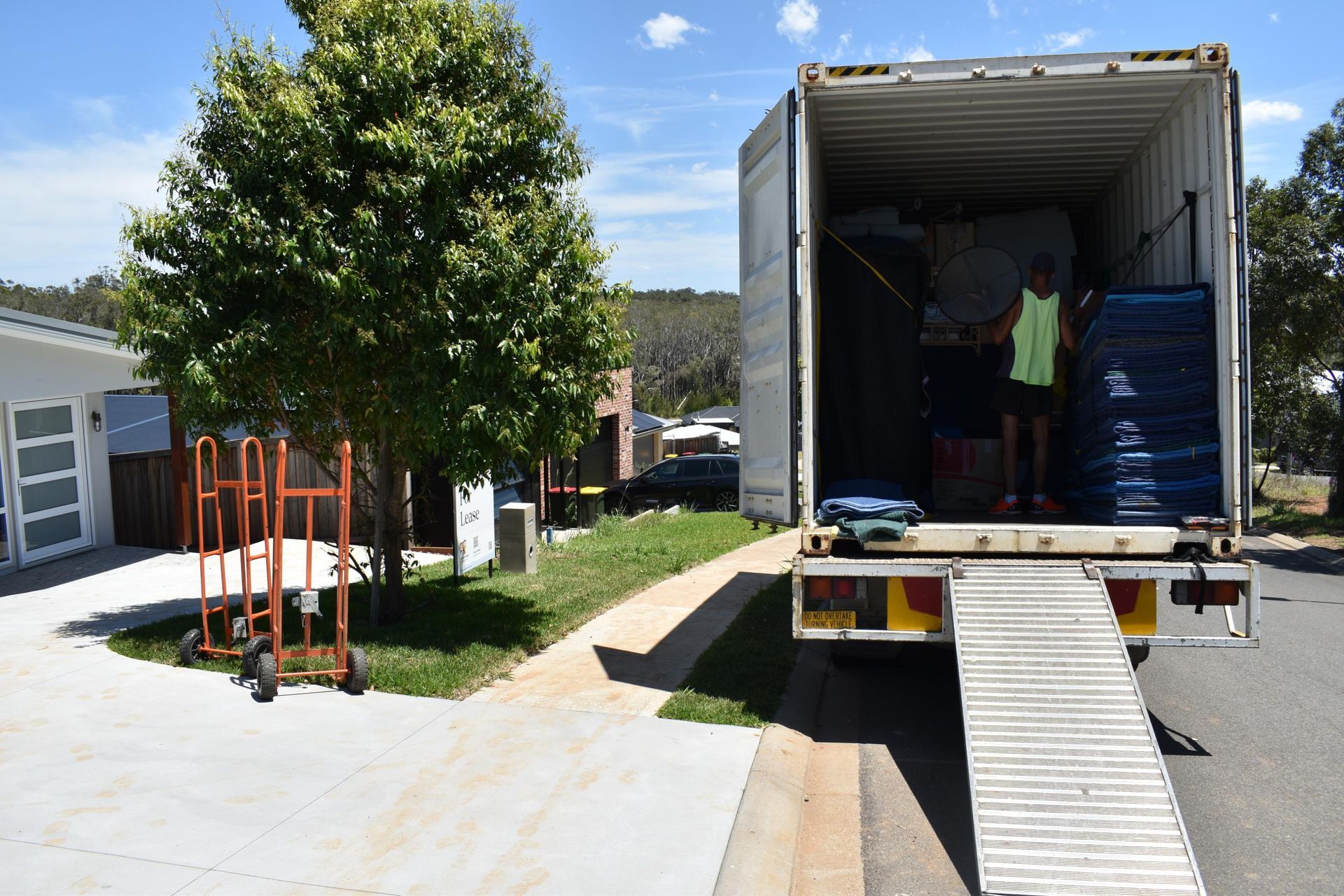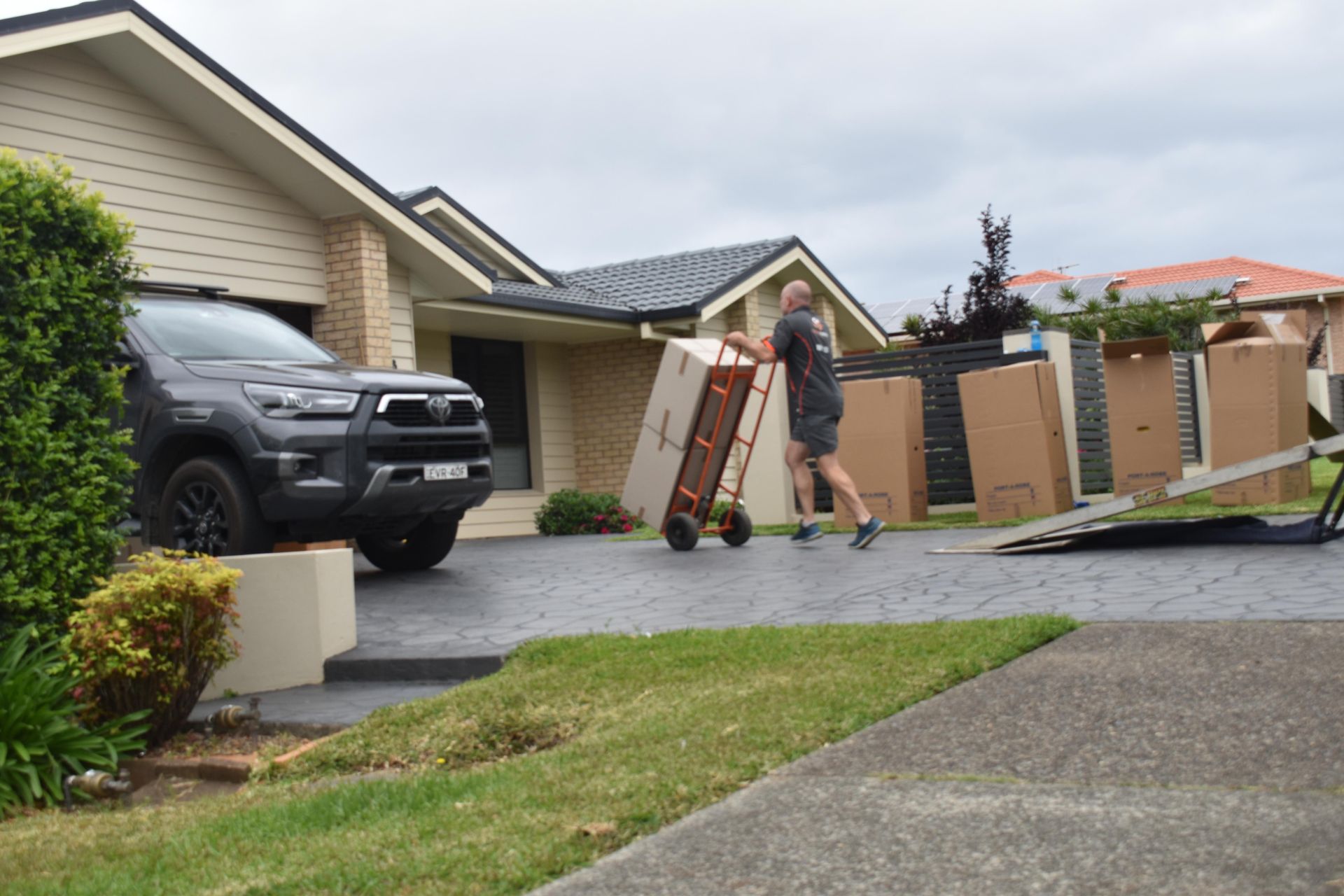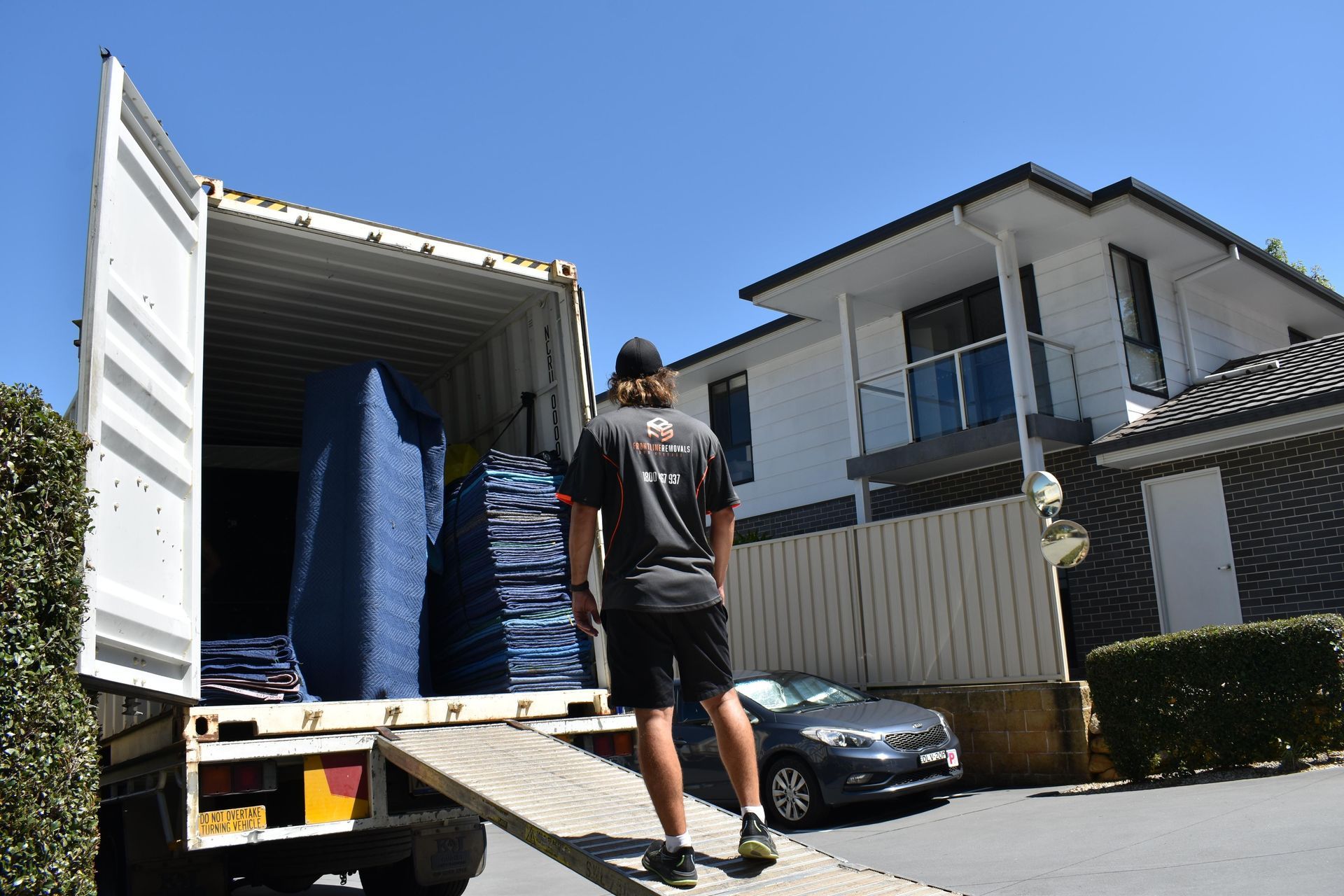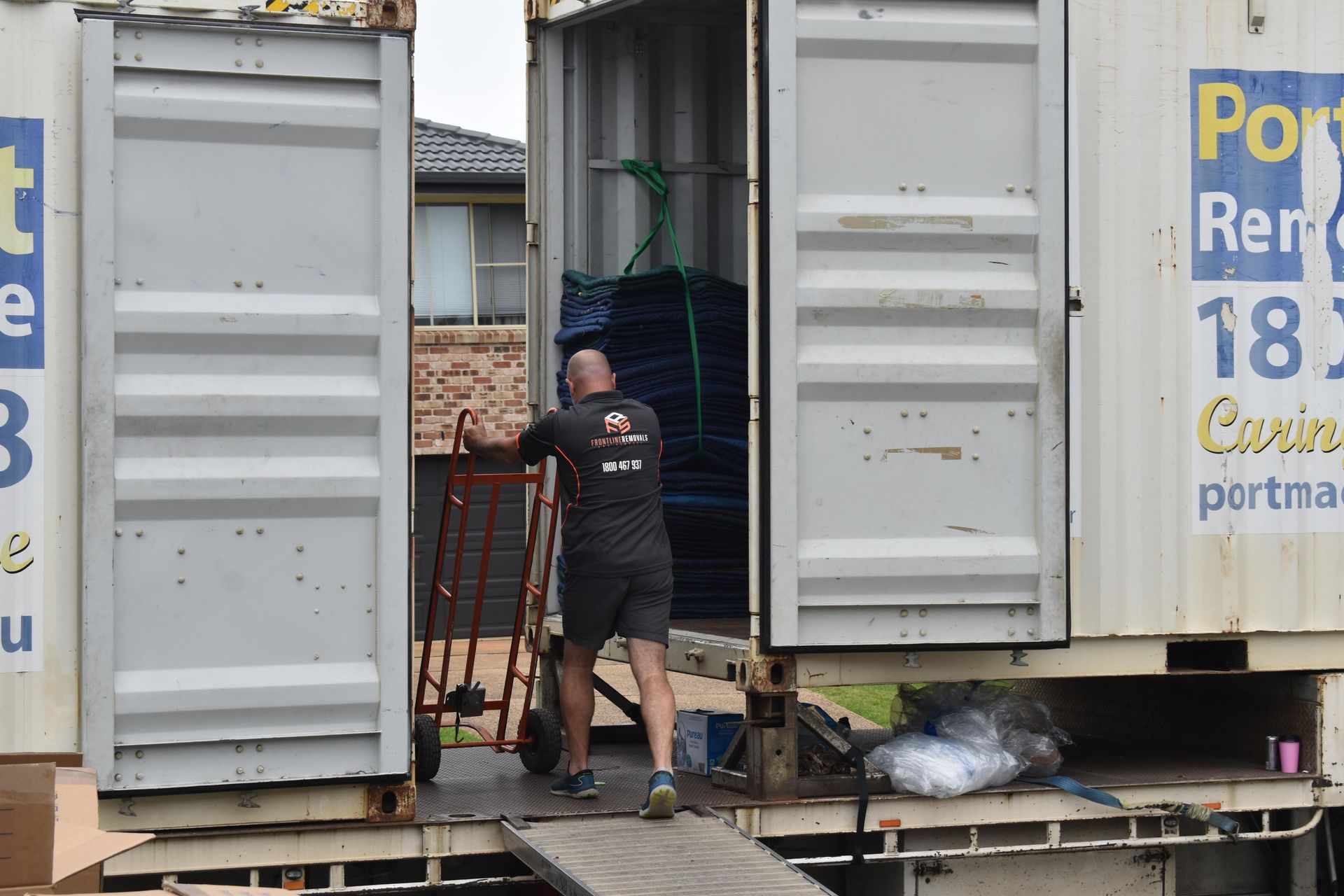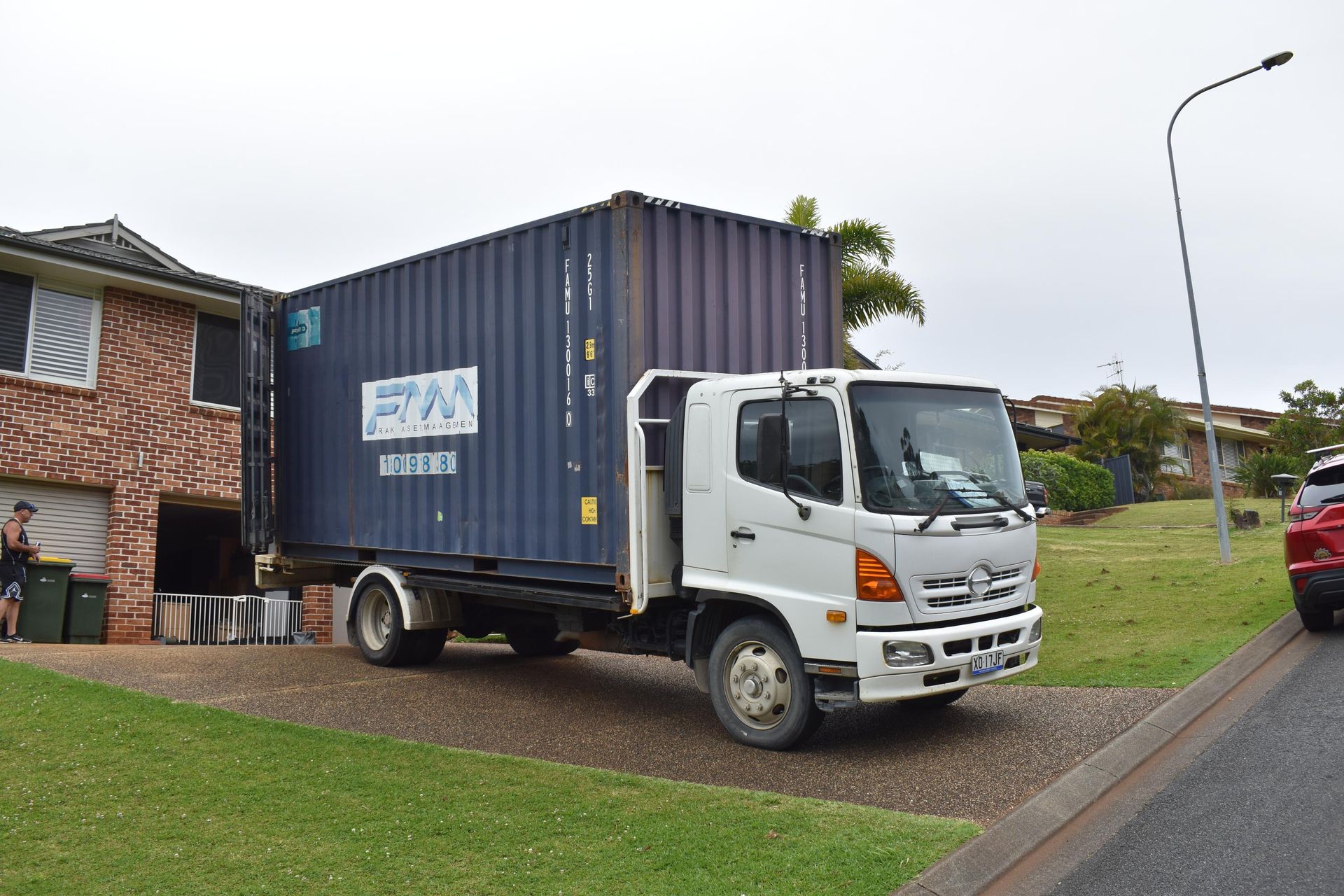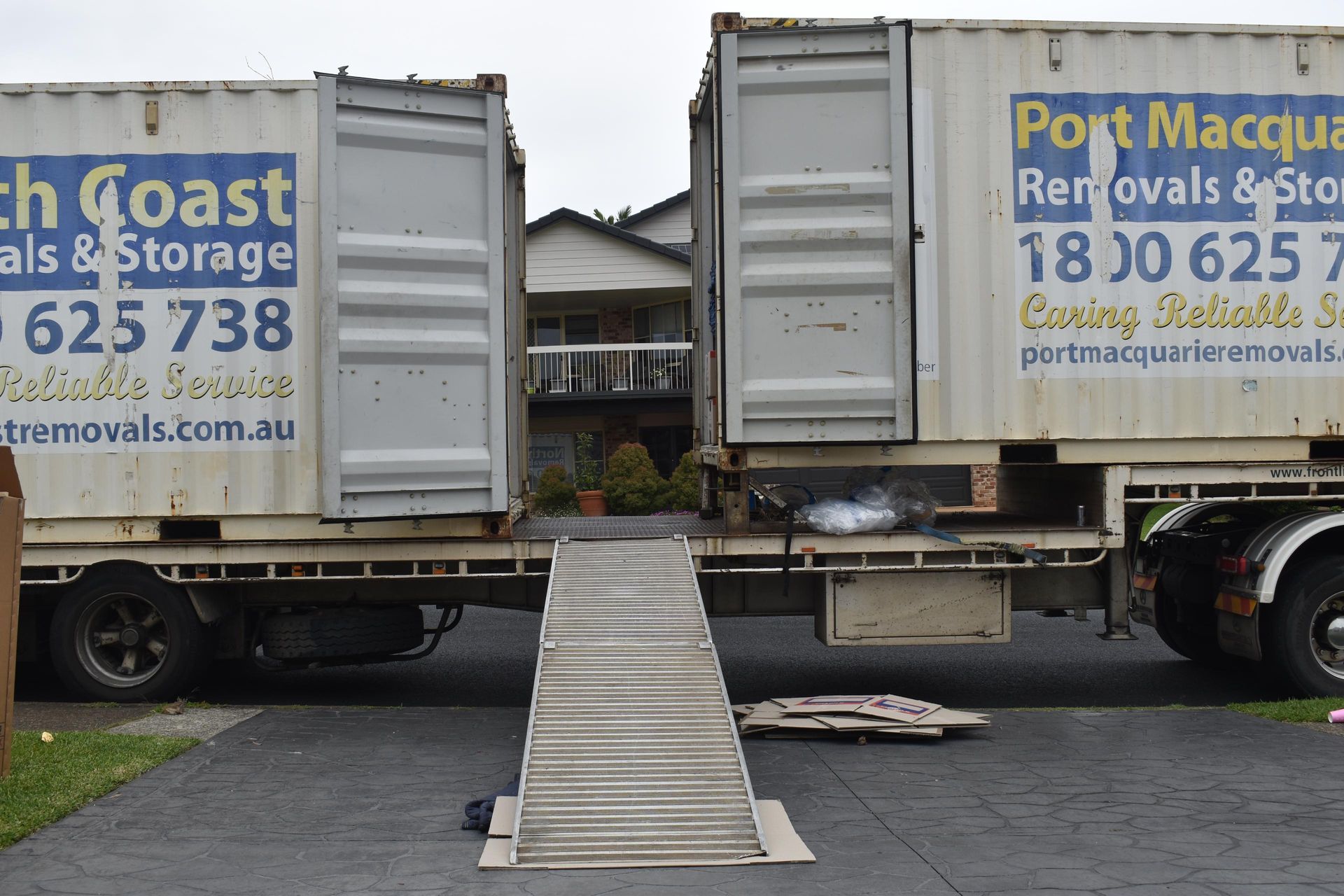How to Keep Your TV Safe During a Move
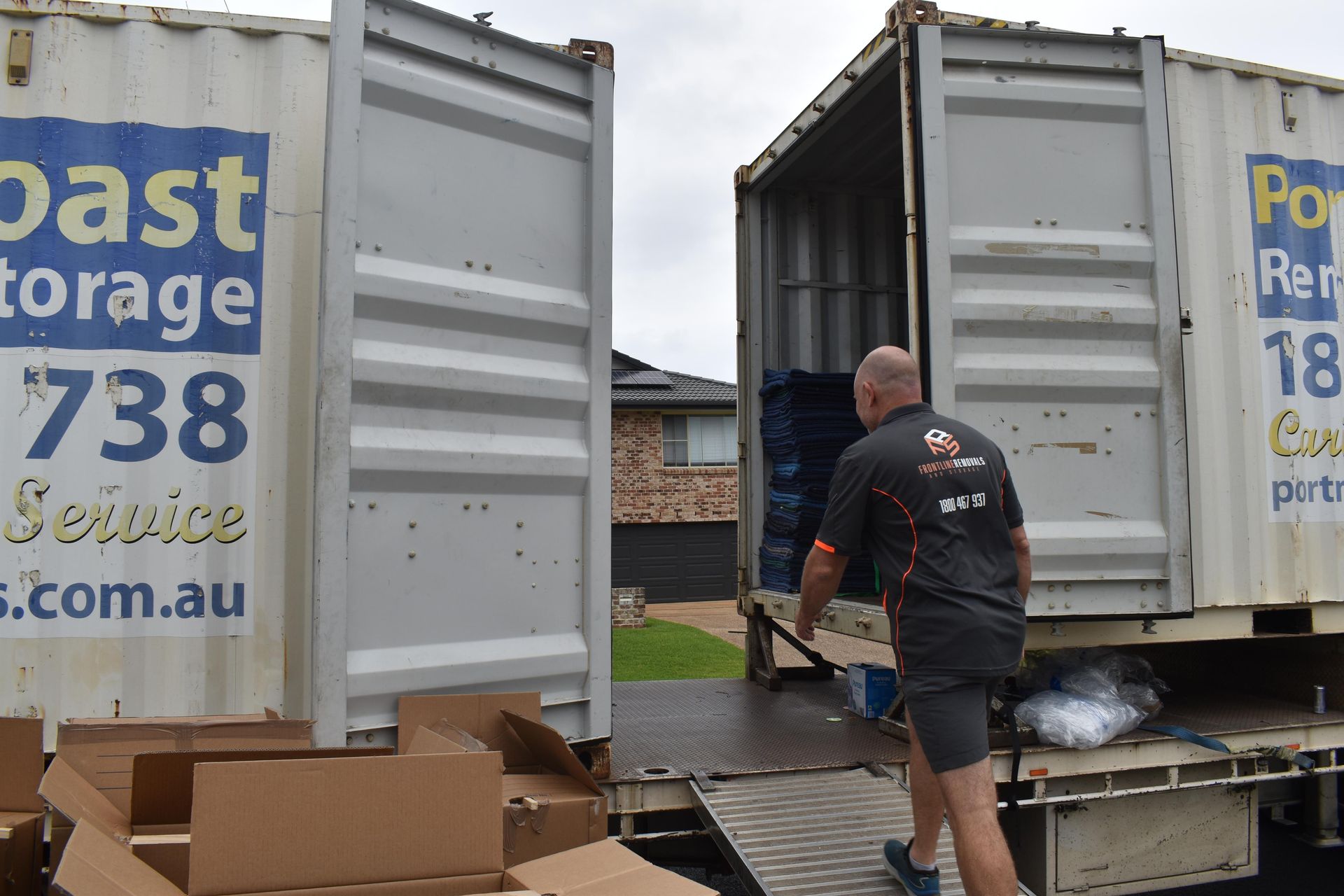
How to Keep Your TV Safe During a Move
If you’re getting ready to move house, or you’ve done it before, then you no doubt know the anxiety and concern that comes as part and parcel of the process.
Everyone has had those nightmare visions about fragile goods breaking in the back of the car. The ones that always seem to be focused on the boxes with the soft packaging squeezed into them in the hope that any impact on the contents will be reduced to an absolute minimum. Those are the ones that cause most of the concern.
It’s not always the large and bulky items that are the most difficult to transport or cause the most concern.
There’s one particular item that isn’t that large, nor is it that heavy compared to your fridge or dining room table. However, it’s one of the items that you’d least care to see incur any kind of damage during transit. And it’s one that can be more than a little awkward to move: your TV.
The Risks Involved in Moving a TV
Back in the analogue days, transporting a TV mostly meant dealing with heavy, box-shaped units made from thick glass. Bulky? Yes. Fragile? Not nearly as much as today’s models.
Now, with modern digital technology, TVs have become much more advanced — and delicate. The thin screens of plasma, LCD, and LED models require careful handling to avoid cracks, pixel damage, or internal faults that might not show up until later.
Worst-case scenario? You unpack your TV at your new home, plug it in, and you’re met with a blank screen — or worse, a cluster of colourful lines and a dark blotch across the middle
Transporting delicate, hi-tech equipment like this is always a concern, especially when replacement or repair costs can stretch into the thousands. While hiring a professional removalist in NSW can make the process simple and stress-free, you can still move your TV yourself with the right preparation and care.
How to Move a TV
These days, mainly due to the intricate technology inside something like a state-of-the-art plasma TV, it’s not as simple as just throwing it in a box and packing it out with newspaper.
Plasma, LCD or LED?
Right now, there are three common types of TV sets, each with different considerations when it comes to packing and moving.
The first are plasma screen TVs, which have a thin layer of reinforced glass that holds millions of tiny cells containing the microscopic fluorescent lamps responsible for the image on the screen. The old
The older existing models of flat screen TVs are most likely plasma, which, as you might guess, are rather delicate.
Then there are LCD (liquid crystal display) screens that contain millions of pixels allowing different shades of light to be displayed. Most of the newer models now use variations such as LED or MicroLED, which are even thinner and more sensitive.
From plasma to MicroLED, the sensitivity of these screens requires extra care when moving. And although packing a flat screen TV isn’t overly complicated, their fragility means you must handle them correctly.
In short, these screens are designed to stay in one place. So, when you’re moving house, hiring an experienced removalist in NSW is the safest way to protect your investment.
How to Pack a TV for Moving
- Remove All Cords and Cables: The very first thing to consider is that the flat screen TV needs to be completely alleviated of all cords and cables before you even think about packing it up. To make reconnection a little easier later on, take a picture of the TV with all of the wiring and cables in place as a guide to remember where they all go – just in case you are not the technical type. Then make sure all cords and cables are removed, coiled, and secured (labelled even?) before being packed away.
- Detach it From The Base and Remove All Screws: This might sound a little bit obvious, but it’s much more efficient to transport flat screen TVs when they have been disconnected from any bases or wall mountings. You probably won’t be able to fit it in the box without doing so anyway. Make sure you have all the screws that came with it in one place when you unpack your TV at the other end! (Again maybe consider small, labelled plastic bags if you feel it necessary.)
- Put It in A Box: If you do decide to buy a packaging box for moving your TV, you might find that in addition to the box itself there are a few pieces of foam to be used for the protection of the TV’s corners and to stop it from moving during transport. The foam pieces should be secured by wrapping the whole TV in stretch wrap to keep them in place and provide further protection. The wrapped TV should be placed gently inside of the box, taking care to slowly ease it in, rather than just letting it drop to the bottom. Any gaps that remain should be filled in if possible to further reduce the probability of the TV moving around in the box or allowing the possibility of any pressure on the screen.
Can I Move a Flat Screen TV With No Box?
It’s not the best option by any means, and the risks to your TV are obvious. That said, if you really do have to move that TV and you really can’t lay your hands on a good box — then the next best option is to wrap up the TV using moving blankets. While not ideal, they’ll still provide some much-needed cushioning against any potential knocks during your move. And (did we say yet that this is not the best option?) even with moving blankets it would still be a wise choice to use foam corner protectors if you can get your hands on them. You can pick these up at the same places you would normally buy any other packaging materials. The stretch wrap would also again be an optimal choice here, just like if you were loading your TV into a box.
The corners should be put on and the complete TV wrapped with the plastic stretch wrap. After that the TV should be wrapped securely in moving blankets, of which it might be wise to use more than one if possible.
Don’t Lay Your TV Flat
You may have heard that flat screens should not be laid flat, and the main reason for that is due to the plasma (LCD/LED crystals) inside the screen, and particularly the areas that are most vulnerable. Gone are the days when you only had to worry about the glass getting cracked – now you have to consider the internal workings of your flat screen TV, too. By laying it flat, there is a significant risk of the plasma elements somehow becoming displaced. There is still considerable debate as to whether any internal damage to a flat screen is possible from being laid flat, However, there is always the likelihood of external damage, especially if any other object finds its way on top of the TV while it is flat. The main consideration here is that the weight distribution around the edges of a flat screen is constructed in such a way as to keep pressure off the delicate surface of the screen, which means that the laying down of it disrupts or misaligns this balance. If, for instance, the weight moves too much towards the central region of the device, the TV is in inherent danger of incurring cracks that could debilitate the TV either straight away or even gradually over time.
In short, it’s not the best idea when transporting a flat screen TV to lay it flat. Try to secure a reasonable place, either propped up and wedged on the back seat of a car, or in the moving truck wedged between mattresses or other similarly soft furniture items.
How to Move a Flat Screen TV – Get a Bloke In
If you’re seriously that worried about moving your flat screen TV on your own (which you should be), it would be wise to consider hiring professional movers who can do it for you.
A qualified removalist in NSW will have the right packing materials, tools, and experience to handle fragile electronics like your TV. You can relax knowing your screen is in good hands while you focus on other parts of your move.
The Most Common FAQs about Moving TVs
Even though all the relevant technical and experiential information is available for all to see, there is still a surprising amount of confusion about what you can, can’t, should and shouldn’t do when moving a TV.
Here are the most frequently asked questions which have been covered to some degree but serve the purpose of further clarification.
What are the differences between LCD, LED and Plasma TVs?
As we have already outlined, the differences are mainly technological, but they are all equally delicate and vulnerable when being moved around and hence need to be handled delicately and positioned accordingly.
Can I lay my TV down when moving?
In short — no. The design and technology inherent in this kind of TV dictates that, in order to ensure even weight distribution throughout the screen (and hence limit damage) and avoid unnecessary vibration or pressure that could lead to cracks.
Should I move my TV myself or get someone else to do it?
Obviously this choice is entirely yours. We’d recommend getting a professional removalist to help with this, though also obviously, we’re a little biased here.
Conclusion
Moving your TV doesn’t mean you need to personally babysit it in the back of the van with your arms wrapped around it. With some planning, preparation, and care, you can move even the most expensive flat screen safely.
That said, there’s always a risk when handling fragile items yourself. For complete peace of mind, consider letting a professional handle it.
Give us a call today to discuss how we can safely move your TV and help make your move hassle-free.
Contact Our Team
